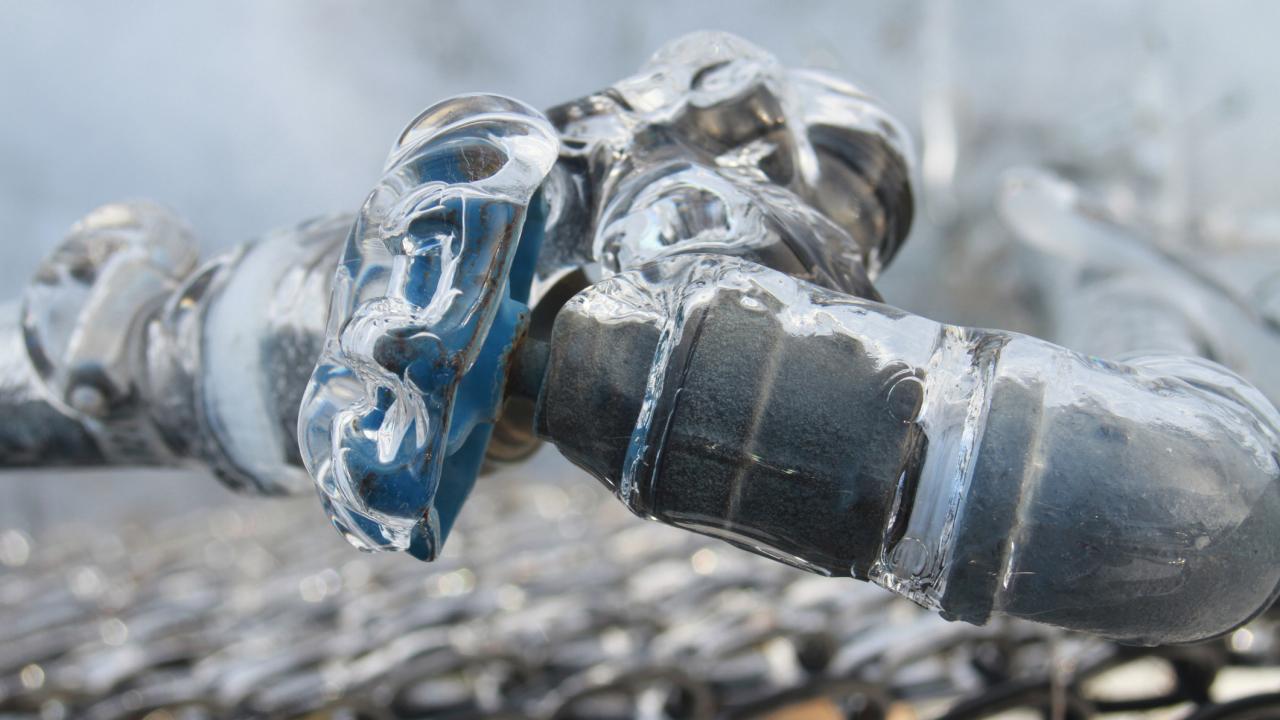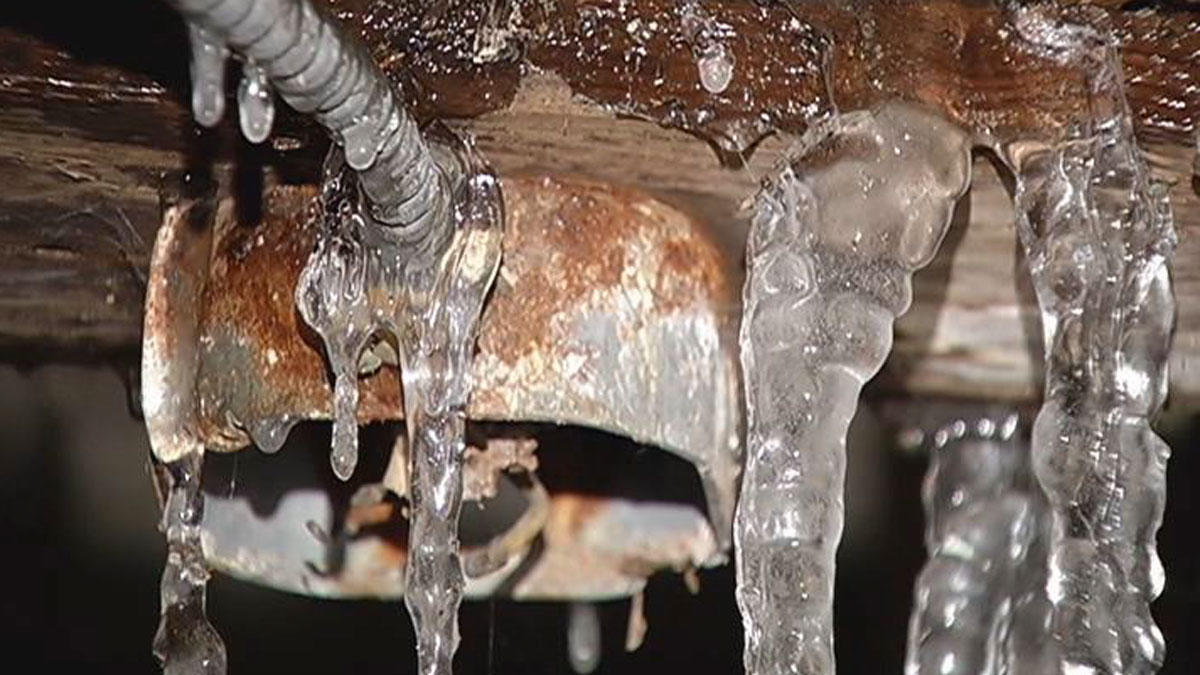Everybody will have their own unique piece of advice when it comes to Preventing and dealing with frozen pipes.

Winter can ruin your pipes, particularly by freezing pipelines. Right here's just how to prevent it from occurring and what to do if it does.
Intro
As temperature levels decrease, the risk of frozen pipelines increases, possibly bring about costly repairs and water damage. Comprehending how to stop frozen pipelines is crucial for home owners in chilly environments.
Comprehending Icy Pipelines
What creates pipes to ice up?
Pipelines freeze when subjected to temperature levels listed below 32 ° F (0 ° C) for prolonged durations. As water inside the pipes ices up, it broadens, taxing the pipeline walls and potentially causing them to break.
Risks and damages
Frozen pipelines can bring about water supply interruptions, residential or commercial property damage, and pricey repairs. Ruptured pipelines can flooding homes and trigger comprehensive structural damage.
Signs of Frozen Water Lines
Identifying icy pipelines early can avoid them from bursting.
Exactly how to recognize icy pipelines
Search for reduced water circulation from faucets, unusual odors or noises from pipes, and noticeable frost on exposed pipes.
Prevention Tips
Insulating prone pipelines
Cover pipelines in insulation sleeves or use warm tape to protect them from freezing temperatures. Focus on pipelines in unheated or outside areas of the home.
Heating strategies
Maintain indoor areas appropriately heated, especially locations with plumbing. Open up closet doors to permit cozy air to circulate around pipelines under sinks.
Safeguarding Outside Plumbing
Garden pipes and outside taps
Detach and drain pipes garden hose pipes before winter season. Mount frost-proof spigots or cover exterior faucets with shielded caps.
What to Do If Your Pipelines Freeze
Immediate activities to take
If you think icy pipelines, keep faucets available to soothe stress as the ice thaws. Use a hairdryer or towels soaked in warm water to thaw pipelines gradually.
Long-Term Solutions
Structural adjustments
Think about rerouting pipelines far from exterior walls or unheated locations. Include additional insulation to attics, basements, and crawl spaces.
Upgrading insulation
Invest in premium insulation for pipelines, attics, and walls. Appropriate insulation assists preserve consistent temperature levels and reduces the threat of frozen pipelines.
Final thought
Stopping frozen pipes needs aggressive measures and quick responses. By comprehending the reasons, indications, and preventive measures, property owners can secure their pipes during cold weather.
5 Ways to Prevent Frozen Pipes
Drain Outdoor Faucets and Disconnect Hoses
First, close the shut-off valve that controls the flow of water in the pipe to your outdoor faucet. Then, head outside to disconnect and drain your hose and open the outdoor faucet to allow the water to completely drain out of the line. Turn off the faucet when done. Finally, head back to the shut-off valve and drain the remaining water inside the pipe into a bucket or container. Additionally, if you have a home irrigation system, you should consider hiring an expert to clear the system of water each year.
Insulate Pipes
One of the best and most cost-effective methods for preventing frozen water pipes is to wrap your pipes with insulation. This is especially important for areas in your home that aren’t exposed to heat, such as an attic. We suggest using foam sleeves, which can typically be found at your local hardware store.
Keep Heat Running at 65
Your pipes are located inside your walls, and the temperature there is much colder than the rest of the house. To prevent your pipes from freezing, The Insurance Information Institute suggests that you keep your home heated to at least 65 degrees, even when traveling. You may want to invest in smart devices that can keep an eye on the temperature in your home while you’re away.
Leave Water Dripping
Moving water — even a small trickle — can prevent ice from forming inside your pipes. When freezing temps are imminent, start a drip of water from all faucets that serve exposed pipes. Leaving a few faucets running will also help relieve pressure inside the pipes and help prevent a rupture if the water inside freezes.
Open Cupboard Doors
Warm your kitchen and bathroom pipes by opening cupboards and vanities. You should also leave your interior doors ajar to help warm air circulate evenly throughout your home.

Do you like reading about How to prepare your home plumbing for winter weather? Post a short review down the page. We will be glad to know your feelings about this blog. We are looking forward that you visit us again later on. Be sure to pause to distribute this blog if you enjoyed reading it. I appreciate your readership.
About This
Comments on “Protecting Against Frozen Pipes in Winter: Critical Advice”